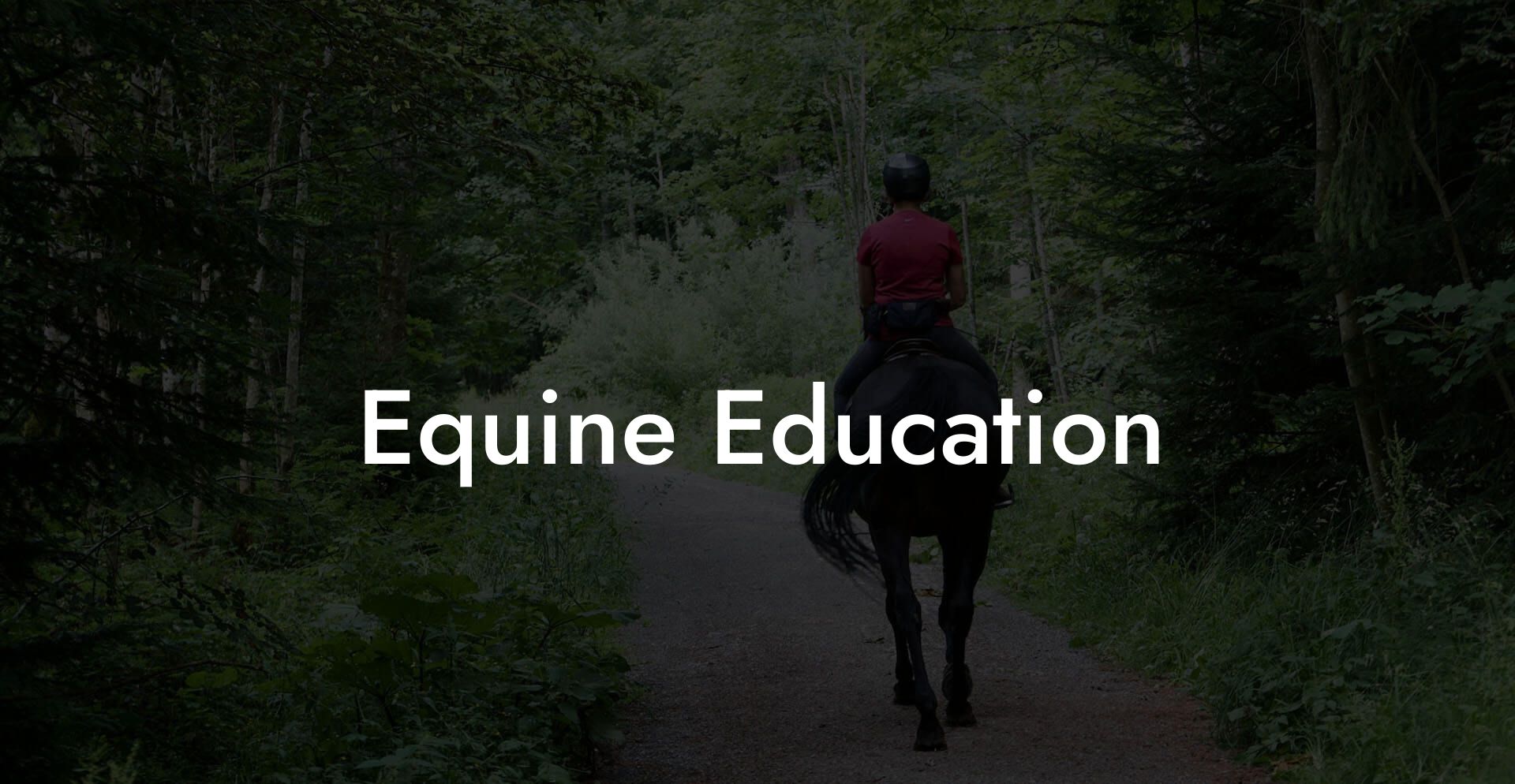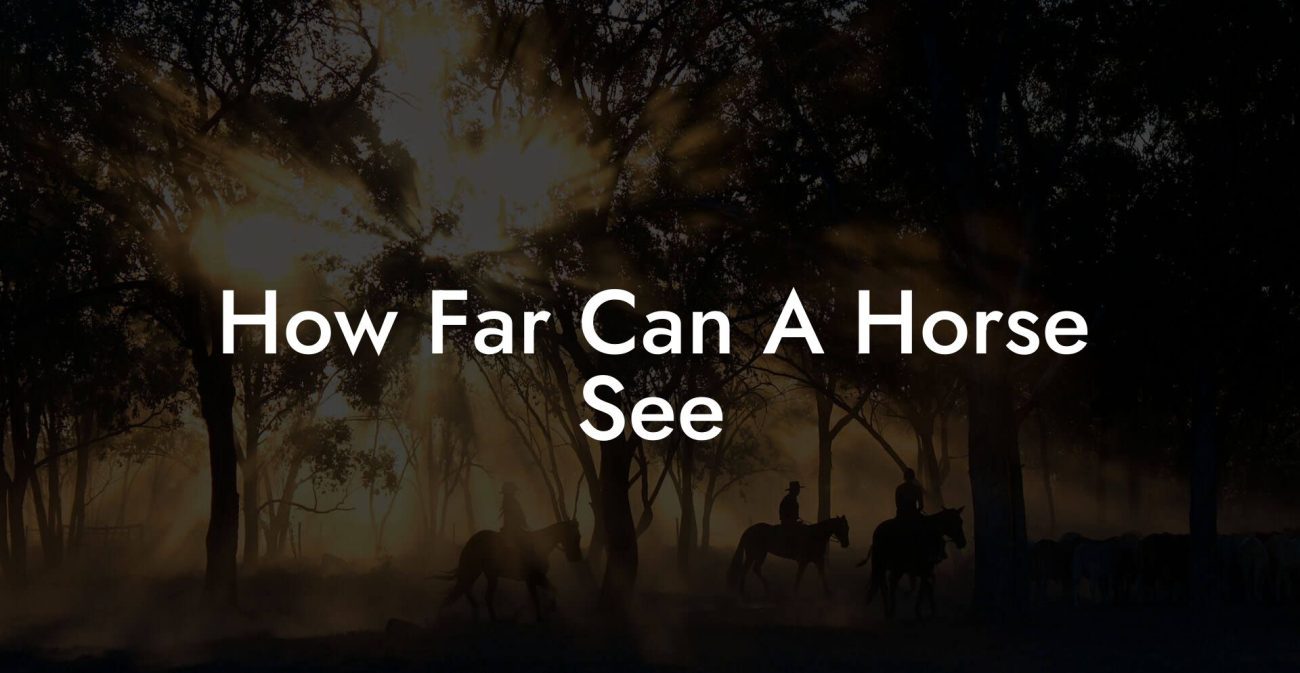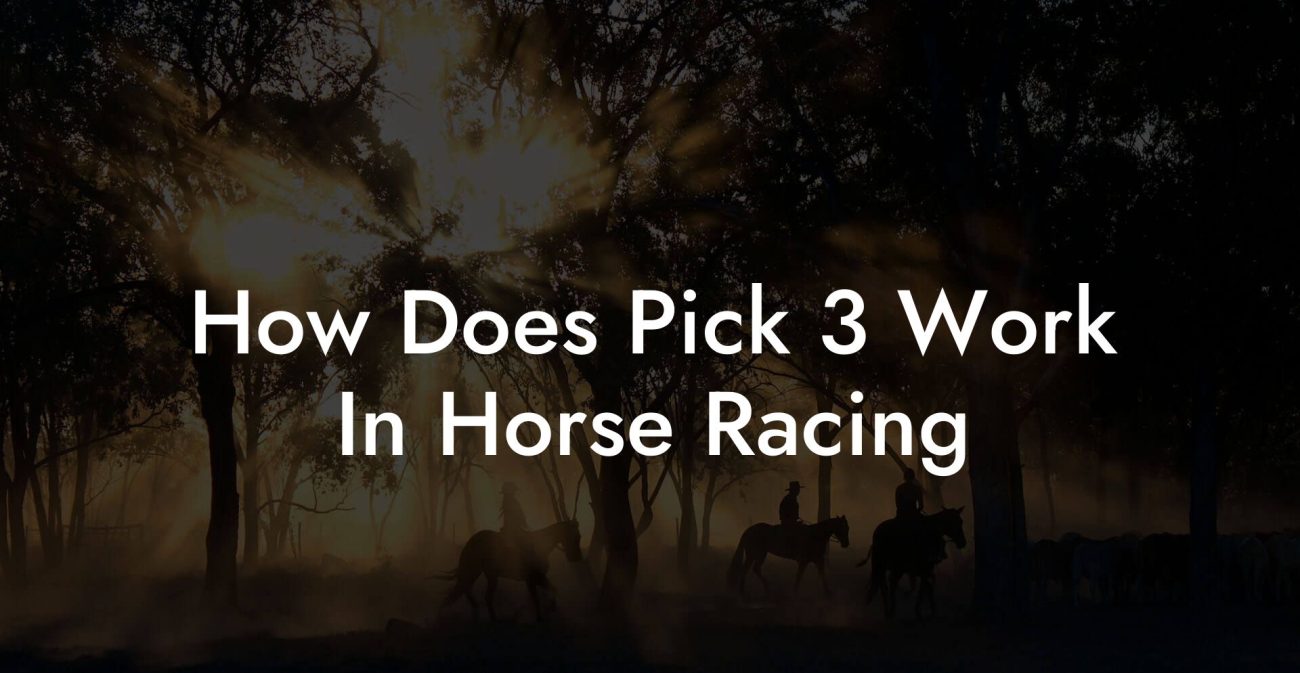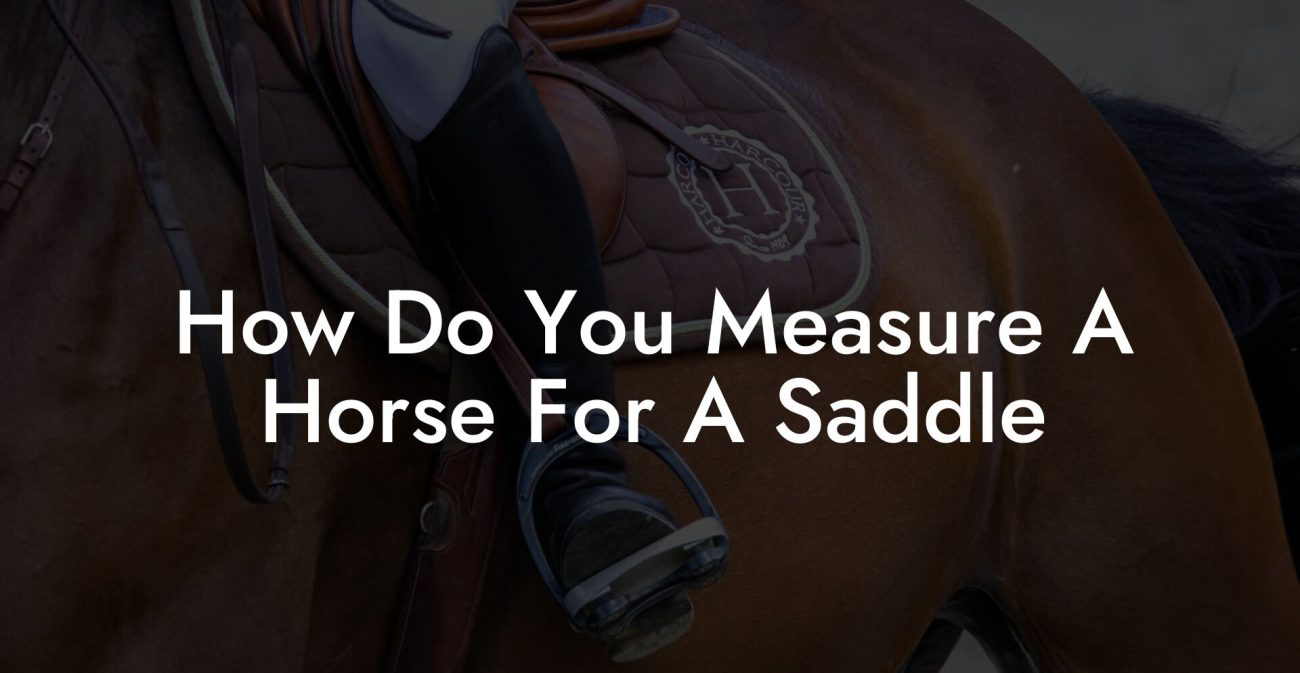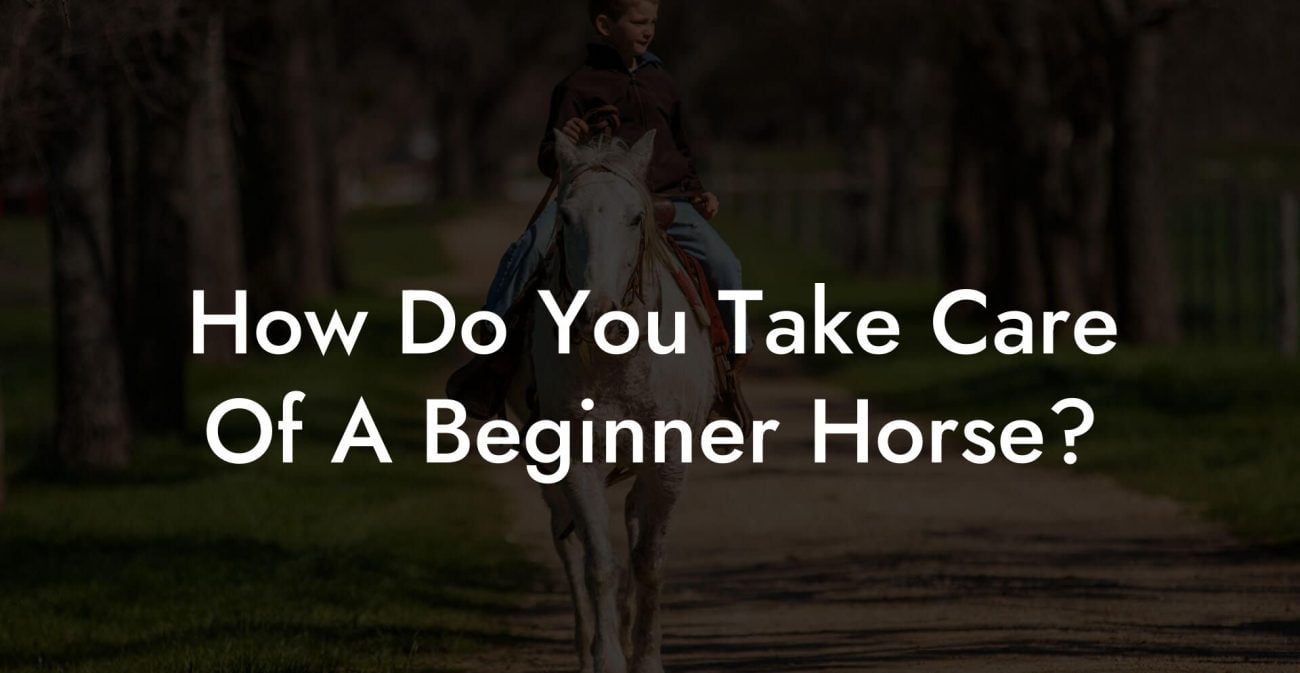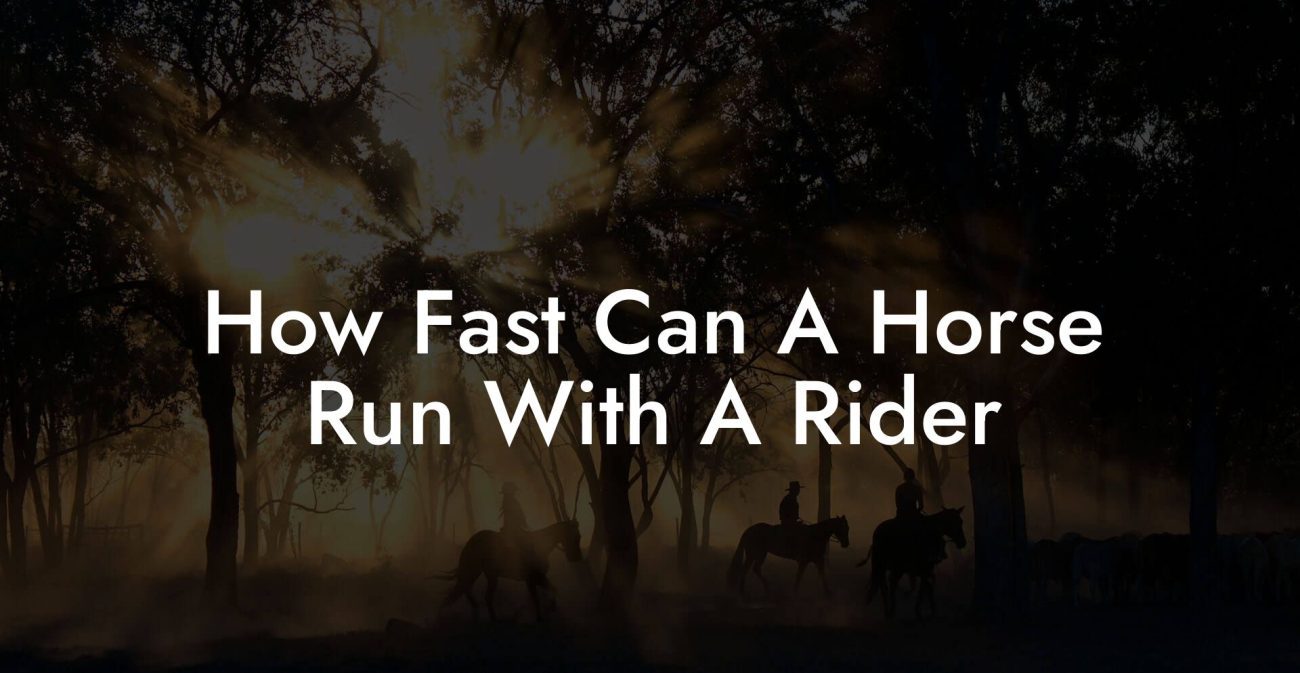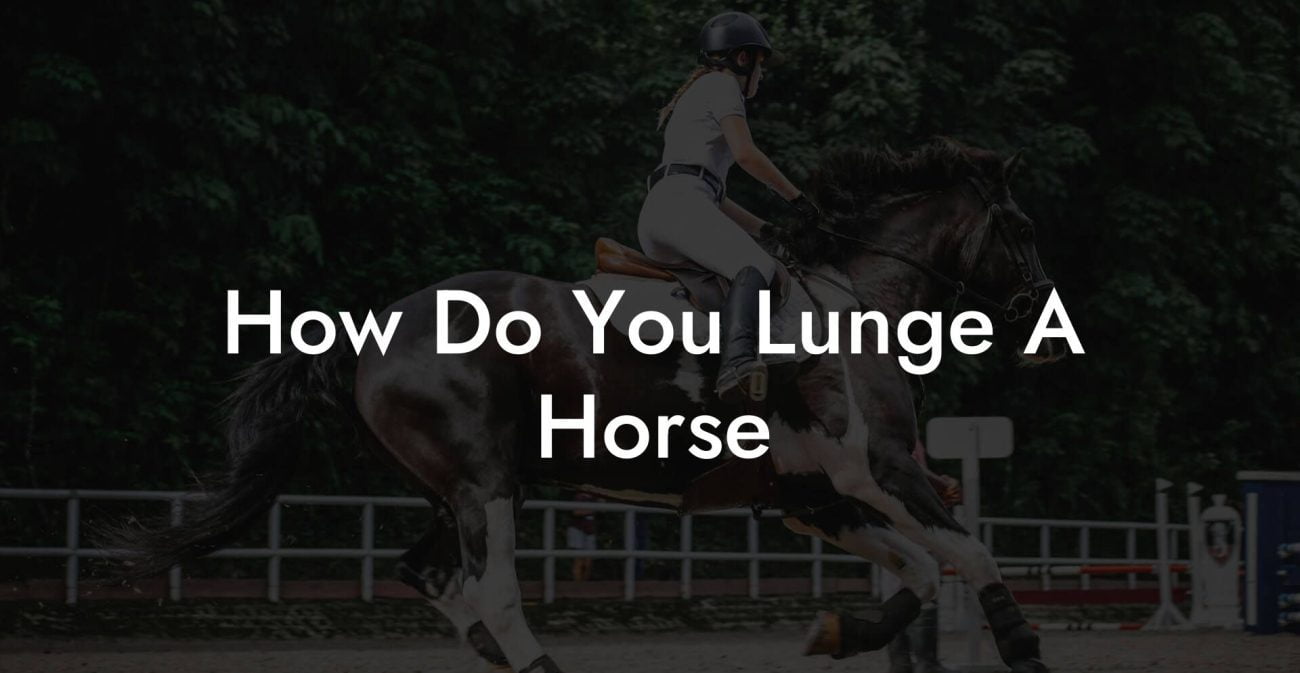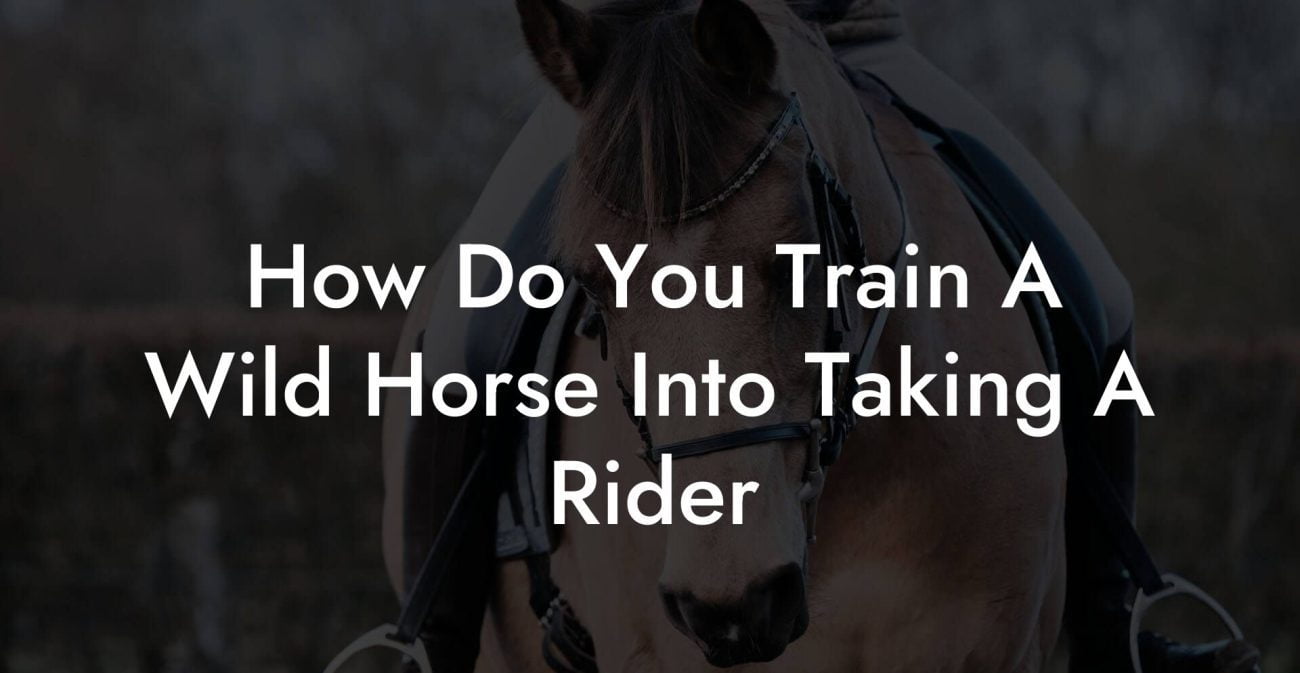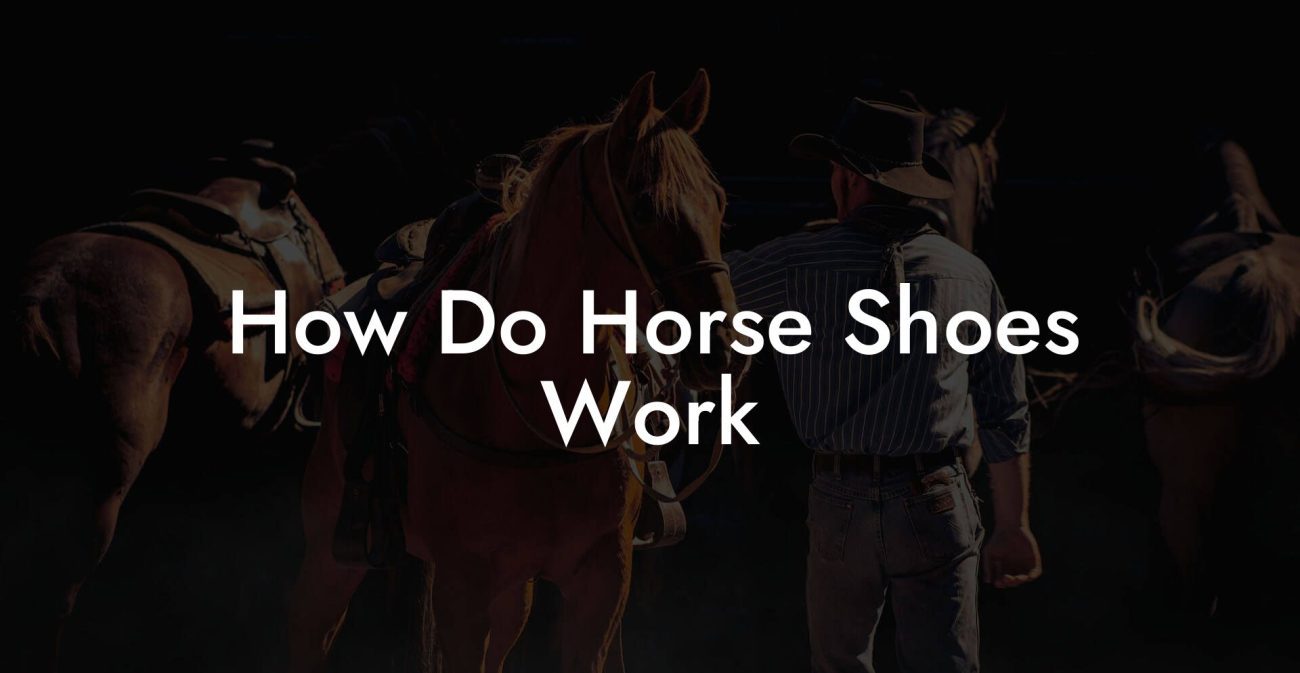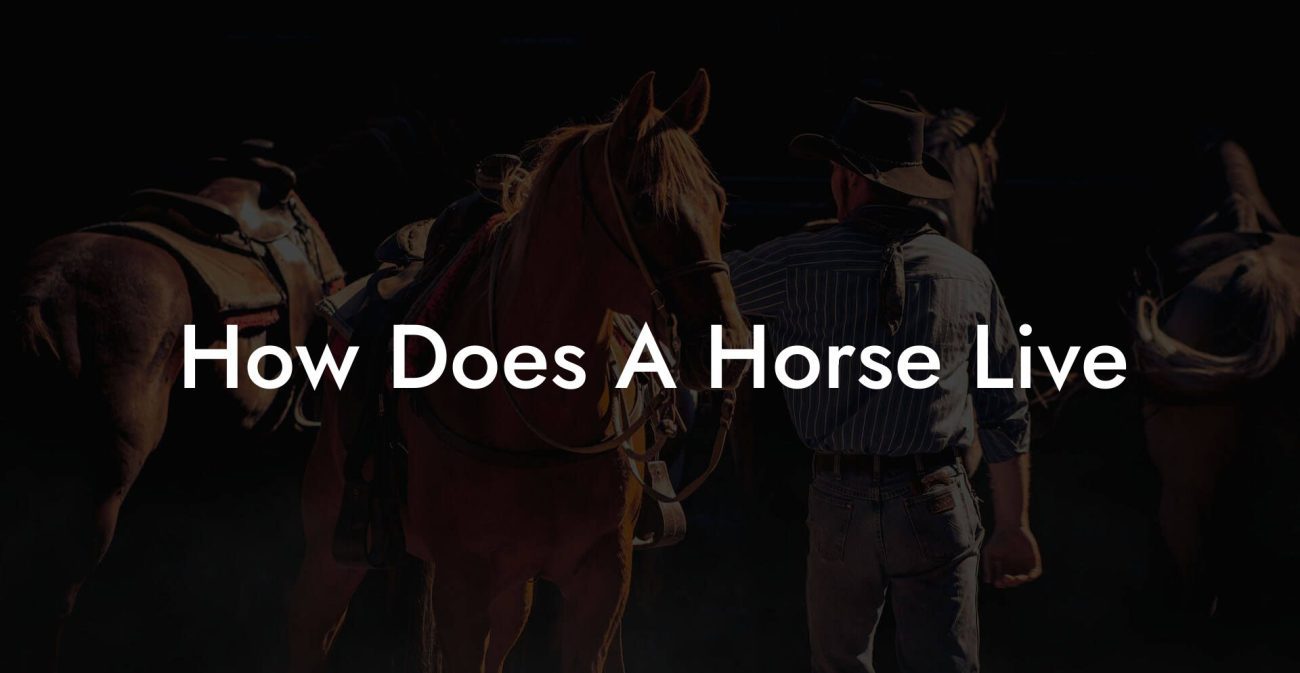Buckle up and get ready to embark on a wild ride through the world of equine education, a realm where mastering horse care meets Gen-Z innovation and millennial practicality. Whether you’re the proud new owner of your first four-legged friend or a seasoned equestrian looking to level up your game, this guide will equip you with everything you need to know about caring for your horse. From everyday grooming hacks to holistic health strategies that blend traditional wisdom with modern tech, we’re diving deep into the art and science of equine care.
Quick Links to Useful Sections
- riding Into the World of Equine Education
- Understanding Your Equine Companion
- Essential Equine Care Practices: The Core of Horse Health
- Daily Feeding and Hydration Rituals
- Grooming, Cleaning, and Styling for the ‘Gram
- Exercise, training, and Play
- Nutrition and Diet: Fueling Your Horse for Success
- Balancing Forage and Concentrates
- Supplements and Superfoods
- Health Maintenance and Veterinary Essentials
- Preventative Care Strategies
- Common Health Challenges and How to Tackle Them
- Stall, Stable, and Pasture Management: Creating a Safe Haven
- Designing a Functional and Aesthetic Space
- Pasture Management and Rotational Grazing
- Equine Behavior and Communication 101
- Building Trust and Strong Bonds
- Dealing with Behavioral Challenges
- Modern Tools and Tech in Equine Care
- Wearable Tech and Health Monitoring
- Digital Platforms and Online Communities
- Sustainable and Holistic Approaches to Equine Health
- Integrating Alternative Therapies
- Taking Charge: Training & Education for Modern Equestrians
- Resources and Community Support: Your Next Steps
- Equine Education FAQs: Your Questions Answered
- Your Journey to Masterful Equine Care
riding Into the World of Equine Education
The world of horses isn’t just about striking poses in barnyard Instagram shots or galloping through scenic pastures, it’s a dynamic interplay of art, science, and genuine care. Equine education is evolving, and today’s generation of riders, trainers, and horse enthusiasts demands a blend of old-school techniques and innovative approaches that cater to today’s fast-paced and digitally driven lifestyles.
In this vibrant guide, we dive into the core principles that every modern horse owner should know. Whether you're looking to balance your horse’s nutrition with minimalist-curated feeding routines or integrate smart stable management systems, you’ll find expert tips, personal anecdotes, and actionable advice that bridges tradition with technology.
Get ready to transform your approach to equine care, embracing everything from practical daily routines to embracing holistic practices that resonate with both your heart and your social media feed. Welcome to a new era in equine education where the past and future gallop side by side.
Understanding Your Equine Companion
Horses are among the most majestic and complex creatures on Earth. They have unique personalities, subtle communication signals, and specific physiological needs that require a tailored approach. Understanding your equine companion is the first step to providing top-notch care.
At its core, reading your horse’s behavior is about perceiving beyond the surface-level whinnies and neighs. Each flick of an ear, shift of posture, or even a gentle nudge can communicate volumes. Learning these cues is like deciphering a secret language that binds you closer to your animal partner.
Modern equine education stresses the importance of empathy and observation. Instead of relying solely on conventional rulebooks, many millennial horse enthusiasts combine hands-on experience with insights from animal behavior experts, online video tutorials, and even social media influencers who share their personal stories of success and struggle in the stable.
Essential Equine Care Practices: The Core of Horse Health
When it comes to horse care, consistency is king. Daily routines aren’t just mundane tasks, they’re opportunities to create a bond and maintain your horse’s overall well-being. Let’s break down the fundamental practices that form the backbone of every successful equine care regimen.
Daily Feeding and Hydration Rituals
Equine nutrition isn’t about following the cookie-cutter advice you might see in a quick scroll; it’s about understanding what fuels your horse’s body. It starts in the morning with a tailored feeding routine that factors in your horse’s age, weight, and activity level. Browse through a mix of high-fiber hay, nutrient-dense grains, and careful supplementation designed for peak performance.
Hydration is equally crucial. Horses can dehydrate quickly, particularly in summer’s heat, so always ensure they have constant access to clean water. Many riders now swear by water additives that not only encourage drinking but also support digestive health.
Grooming, Cleaning, and Styling for the ‘Gram
Grooming is an everyday ritual that goes beyond aesthetics, it’s a form of preventative care. A regular grooming routine helps you spot early signs of skin issues, sores, or parasitic infestations. Start with a thorough brush-down using soft brushes and specialized tools to remove loose hair and dirt.
Beyond health, grooming can be a bonding exercise and an opportunity to show off your equine partner on your social feeds. Experiment with mane braiding, creative bedding in the stable, or even themed grooming sessions to connect with the growing community of horse lovers online.
Exercise, training, and Play
A well-exercised horse is a happy horse. Regular exercise not only keeps your horse physically fit but also mentally engaged. Incorporating a mix of riding sessions, lunging exercises, and free-foraging in the pasture creates a balanced regimen that strengthens muscles and sharpens minds.
In today’s tech-savvy age, many riders are integrating wearable tech to monitor heart rates, track activity, and even analyze movement patterns. Such innovations allow you to customize workout intensity and prevent injuries, while giving you data to share and compare on platforms like Strava and other fitness communities.
Nutrition and Diet: Fueling Your Horse for Success
Just as you wouldn’t fuel your smartphone with expired apps, your horse deserves only the best nutrition to maintain energy, health, and overall performance. The bustling world of equine nutrition offers a plethora of options, from traditional grains and hay to modern, precision-formulated feeds crafted for high-performance equines.
Gen-Z and millennials love transparency, and the equine food industry is no exception. Many brands now offer detailed nutritional breakdowns, sourcing information, and even eco-friendly packaging that resonates with a generation keen on sustainability. Look for feeds that prioritize organic ingredients, free from unnecessary additives and preservatives.
Balancing Forage and Concentrates
The cornerstone of equine nutrition remains forage: high-quality hay and pasture grasses form more than 70% of a horse’s diet. This high-fiber base supports digestive health and provides a slow, steady supply of energy. When balanced properly, it’s the key to preventing issues like colic or metabolic syndrome.
Concentrates, such as oats or specialized pelleted feeds, supplement this diet, particularly for performance horses or those with specific nutritional needs. Modern research emphasizes the importance of understanding the digestive dynamics of horses, leading to feeds that enhance digestibility and maximize nutrient uptake.
Supplements and Superfoods
The rise of superfoods isn’t just for human smoothies; equine enthusiasts are now experimenting with supplements like flaxseed, algae, and even turmeric to boost immunity and reduce inflammation. Before diving into the latest supplement trend, consult with your veterinarian to ensure that your horse’s unique needs are thoroughly met.
Remember: Every horse is unique, and achieving nutritional balance is a personalized journey. Use blogs, online forums, and community meet-ups to stay up-to-date on the latest research and recommendations.
Health Maintenance and Veterinary Essentials
Keeping your horse in peak condition goes far beyond feeding and grooming. A proactive health maintenance plan is essential to prevent and treat common equine ailments, from minor cuts and skin infections to more complex issues like laminitis or respiratory distress.
Regular check-ups with a trusted veterinarian should be at the top of your to-do list. Annual vaccinations, de-worming schedules, and dental checks are the building blocks of long-term equine health. By maintaining an open line of communication with your vet, you’re better positioned to catch potential issues early and keep your horse galloping smoothly.
Preventative Care Strategies
Preventative care is where modern equine management shines. Many horse owners now integrate digital health records, reminder apps, and even wearable monitors that relay vital statistics like body temperature and heart rate in real time. These tech-savvy solutions not only provide peace of mind but also ensure that every vital detail is documented and accessible.
Additionally, natural remedies and complementary therapies are on the rise. Acupuncture, herbal medicine, and targeted massage therapy are increasingly being used to support recovery and prevent injuries, an intersection where traditional practices meet modern equine therapy.
Common Health Challenges and How to Tackle Them
From managing seasonal allergies to addressing hoof problems, health challenges in horses can be as varied as their personalities. Laminitis, for example, is a potentially serious condition requiring swift veterinary intervention and strict dietary adjustments. Similarly, skin conditions can often be alleviated with proper hygiene practices and natural topical solutions.
Staying informed through equine health blogs, webinars, and industry conferences can help you spot symptoms early and learn innovative ways to manage common problems. The modern equine community thrives on shared knowledge, so never hesitate to reach out and tap into the collective expertise available online and in your local riding clubs.
Stall, Stable, and Pasture Management: Creating a Safe Haven
Your horse’s living environment is just as crucial as its diet or exercise routine. A clean, well-organized stable and a secure, spacious pasture are foundational elements of equine care that not only prevent injuries but also contribute to the overall mental and physical health of your horse.
Modern stable management is undergoing a revolution with the integration of smart technology, ranging from automated feeding systems to climate-controlled barns. Even if you’re running a small private stable, taking cues from these innovations can help create a safer, more efficient environment.
Designing a Functional and Aesthetic Space
Gone are the days when functionality and aesthetics were mutually exclusive. Today, many horse owners are designing stables that are both practical and Instagram-worthy. The layout should ensure ample space for movement, proper ventilation, and easy cleaning, while also reflecting a modern, minimalist aesthetic that appeals to the new generation.
Using eco-friendly materials, energy-efficient lighting, and smart sensors to monitor temperature and humidity can create an environment that is kind to both your horse and the planet. With sustainable practices taking center stage, your stable can be a model of efficiency and environmental stewardship.
Pasture Management and Rotational Grazing
A well-managed pasture offers your horse not just exercise and fresh air, but also natural behaviors like grazing and social interaction. Employing rotational grazing techniques can help prevent overgrazing, reduce the build-up of parasites, and keep your pasture lush and green.
For the tech-inclined, there are numerous apps and tools available that allow you to monitor pasture health, schedule rotations, and even track your horse’s grazing patterns. This integration of technology can make pasture management more efficient and environmentally sustainable.
Equine Behavior and Communication 101
Understanding behavior is the secret sauce that turns basic horse care into a transformative experience. Horses communicate primarily through body language, a swish of the tail, a tilt of the head, or subtle shifts in posture all serve as signals that they’re happy, uneasy, or ready to break into a gallop.
Learning these non-verbal cues is essential for building trust and respect. Modern equine education encourages a balance between formal training and intuitive understanding. Platforms such as interactive webinars, engaging podcasts, and hands-on workshops bring experts and enthusiasts together, sharing insights on how best to read and respond to a horse’s mood.
Building Trust and Strong Bonds
Trust is the foundation of any successful relationship with your horse. Spend quality time with your equine friend away from the bustle of structured training sessions. Simple activities like grooming, hand grazing, or a leisurely trail ride help cement that bond, turning every interaction into a learning moment.
The digital era has even seen the rise of online communities where horse lovers share interactive video content and real-time experiences on body language cues, further enhancing collective knowledge and reinforcing mutual respect between horse and rider.
Dealing with Behavioral Challenges
Let’s face it: every horse has its quirks, from the stubborn mare who refuses to leave the barn stall to the playful stallion who thinks jumping is a form of freestyle dance. Understanding the root of these behaviors can help you implement effective training strategies.
With the help of equine behaviorists, modern trainers are leveraging everything from positive reinforcement techniques to tech-driven behavior-tracking apps to create tailored training plans that respect the horse’s natural instincts while guiding them toward improved behavior.
Modern Tools and Tech in Equine Care
The equine world has not been immune to the tech revolution, and that’s a great thing! From wearables and smart saddles to dedicated equine management apps, modern technology offers innovative solutions to age-old problems in horse care.
Imagine being able to track your horse’s heart rate during a trail ride, receive alerts if a stall sensor detects unusual moisture levels, or even use virtual reality training simulations to perfect riding techniques. These tools not only enhance performance and safety but also provide measurable data that can be analyzed to continually improve care practices.
Wearable Tech and Health Monitoring
Wearables for horses are quickly becoming as ubiquitous as fitness trackers for humans. Devices that monitor heart rate, gait patterns, and overall activity can help detect irregularities before they escalate into serious health concerns. Technology that once felt futuristic is now readily available, integrating seamlessly into your daily care routine.
These gadgets are a boon for tech-savvy millennials and Gen-Z riders, offering real-time insights and data visualization that empower you to fine-tune your horse’s daily regimen.
Digital Platforms and Online Communities
The internet is a treasure trove of equine-related resources. Social media groups, dedicated forums, and mobile apps focused on equine education allow you to exchange experiences, troubleshoot issues, and share successes with fellow horse enthusiasts from around the globe. This digital community not only keeps you informed about the latest trends, but it also offers a supportive network where every question, no matter how small, is welcome.
Sustainable and Holistic Approaches to Equine Health
Sustainability isn’t just a buzzword, it’s a lifestyle, even in the stable. Integrative and holistic approaches to equine health emphasize the importance of balance: blending scientific insight with natural remedies to support the wellbeing of your horse. This means taking a step back to focus not just on immediate symptoms, but also on the overall harmony of your horse’s body, mind, and environment.
More and more, modern riders are turning to organic feed options, eco-friendly stable materials, and even mindfulness practices that benefit both the animal and the caretaker. By integrating sustainable practices, you not only improve your horse’s quality of life but also contribute positively to the broader ecosystem.
Integrating Alternative Therapies
Alternative therapies such as herbal supplements, acupuncture, and massage therapy are gaining traction in the equine community. These practices, once considered unconventional, are now being endorsed by vets and equine specialists alike. They offer a natural way to relieve pain, reduce inflammation, and support overall vitality in your horse.
The holistic approach recognizes that every horse is an individual, and effective care must address not just physical symptoms, but also emotional and environmental well-being. This comprehensive care strategy mirrors the personalized, bespoke experiences that millennials and Gen-Z demand in every facet of life.
Taking Charge: Training & Education for Modern Equestrians
Knowledge is power, and in the ever-evolving landscape of equine education, staying informed is a must. Today’s equestrians have access to an abundance of resources that make learning fun, interactive, and deeply practical. From online courses and webinars to local workshops and hands-on clinics, there’s a wealth of information available tailored specifically to the modern horse lover.
Embrace innovative training methods that combine traditional horsemanship with the latest in technology and psychology. Tools like video analysis, augmented reality riding simulators, and mobile apps that track your progress are revolutionizing how riders train and learn. With these resources at your fingertips, you’re empowered to continually refine your skills and forge a stronger bond with your equine partner.
Whether you're a first-time rider or a seasoned competitor, the key is to remain curious, stay updated on evolving techniques, and never hesitate to ask questions. Remember, every great equestrian was once a beginner who learned one step at a time.
Resources and Community Support: Your Next Steps
In the spirit of modern equine education, community support is vital for growth and progress. Whether it’s connecting with local riding clubs, joining online forums, following expert equine influencers, or attending equestrian expos, there are countless avenues to expand your knowledge and network.
Many riders have discovered that the journey of horse care is as much about the community as it is about personal mastery. Engage with fellow enthusiasts, share your experiences, and be open to learning new perspectives, each conversation can spark innovative ideas that transform your daily routines.
Look for resources such as interactive blogs, video tutorials, and e-books that delve deep into everything from stall management and advanced training techniques to sustainable living in equine care. With the power of community support and a commitment to continuous learning, your journey in equine education is set to gallop forward with unstoppable momentum.
Equine Education FAQs: Your Questions Answered
Here are some of the most commonly asked questions about equine education and horse care, designed to help you navigate everything from daily routines to high-tech health solutions.
1. What does equine education encompass?
Equine education covers everything from the basics of daily horse care, feeding, grooming, and exercise, to advanced topics such as equine nutrition, health maintenance, stable management, and behavioral training. It’s a comprehensive approach designed to equip modern horse owners with the tools needed for holistic care.
2. How can I create a consistent daily routine for my horse?
Establish a daily routine that includes regular feeding, grooming, exercise, and health checks. Use digital tools like scheduling apps and health monitors to keep track of your horse’s needs and progress.
3. What role does nutrition play in equine health?
Nutrition is critical for maintaining your horse’s energy, immune system, and overall health. A balanced diet rich in high-quality forage, appropriate concentrates, and key supplements ensures that your horse thrives both physically and mentally.
4. What modern technologies are available to support horse care?
Modern technologies include wearable health monitors, automated feeding systems, virtual training apps, and digital platforms that connect you with the equine community. These tools help track vital stats and streamline daily care routines.
5. How can sustainable practices benefit equine care?
Sustainable practices in equine care include using organic feeds, eco-friendly stable materials, and efficient pasture management. These not only benefit your horse’s health by reducing exposure to harmful chemicals but also support environmental stewardship.
6. What are some common behavioral challenges in horses?
Behavioral challenges can include issues such as stubbornness, anxiety, or unpredictability. Understanding body language and employing positive reinforcement training can help address these issues effectively.
7. Where can I find reliable equine care information?
Reliable equine care information can be found through veterinarians, accredited riding schools, specialized blogs, equine health journals, and supportive online communities. Always verify information with trusted experts.
8. Can I integrate holistic therapies into my horse’s care routine?
Yes! Holistic therapies like massage, acupuncture, and herbal supplements are increasingly popular among modern horse owners as complementary methods to support overall equine health.
Your Journey to Masterful Equine Care
Equine education isn’t just a checklist of tasks, it’s a philosophy, a lifestyle, and an ongoing conversation between you and your magnificent companion. Every grooming session, every meal prepared with care, and every shared moment in the pasture is a step toward mastering a living art.
As you apply these insights and strategies, remember that every horse, and every rider, is unique. There’s no one-size-fits-all solution, so embrace the journey with an open mind and a willingness to learn. The combination of modern science, traditional practices, and technological innovations provides a solid foundation for a thriving equine partnership.
By staying connected with peers, constantly updating your skills, and incorporating sustainable and holistic approaches, you’re not only ensuring your horse’s health and happiness but also enriching your own life with every ride.
Your adventure in equine education is an ongoing saga of discovery, challenges, triumphs, and endless rewards. So saddle up, dive into new techniques, and continue to challenge the boundaries of what you thought possible in equine care. The stables of the future are yours to create, one hoofstep at a time.

